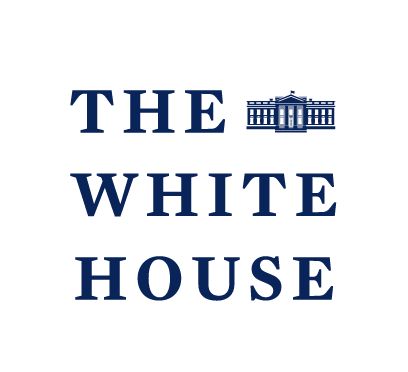100 reads
How the Department of Commerce (DOC) Services the Aeronautics Sector in the U.S.
by
December 9th, 2023
Audio Presented by

The White House is the official residence and workplace of the president of the United States.
About Author
The White House is the official residence and workplace of the president of the United States.